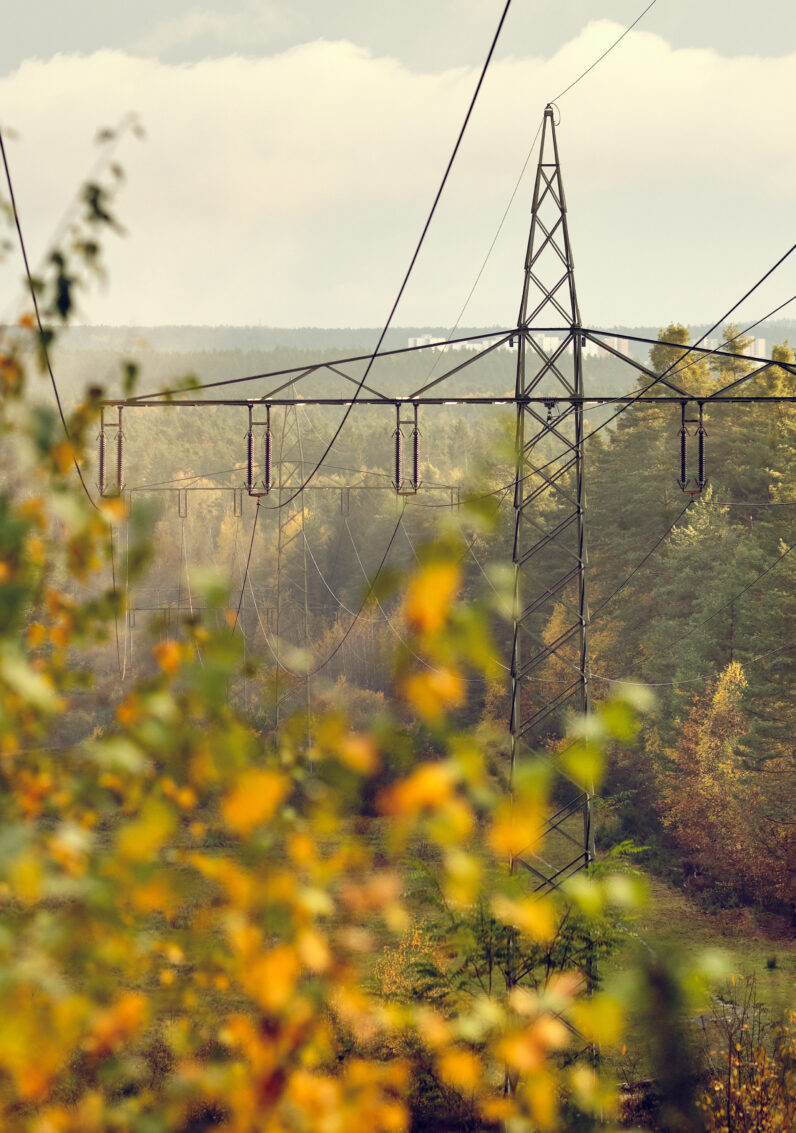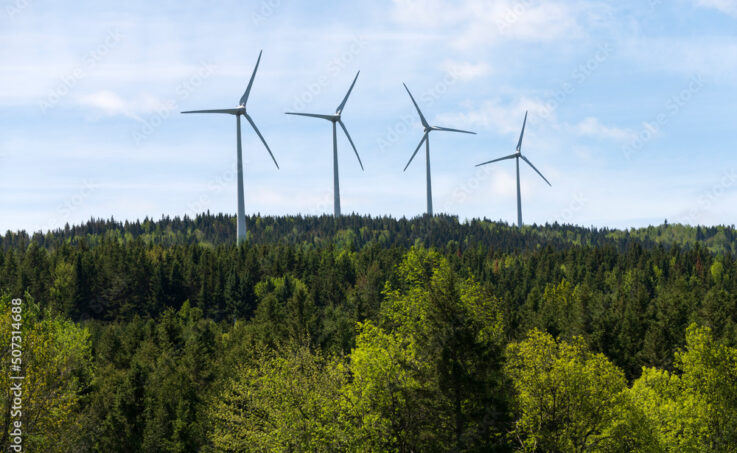Utility Arborist
Utility Arborists (aka Electrical Forester, Utility Tree Trimmer) prune, fell and remove vegetation that is near energized power lines.

Job Requirements
Utility Arborists (aka Electrical Forester, Utility Tree Trimmer) prune, fell and remove vegetation that is near energized power lines and associated electrical equipment in urban, rural, and off-road sites.
They also apply, or oversee the application of, herbicides to control vegetation. Their work is performed from the ground or an aerial device, or by climbing trees. These services, which are provided as part of a utility’s vegetation management program or post-storm clean-up, are essential to maintaining and restoring power for communities across Canada.
Educational Requirements:
Depending upon the province/territory, post-secondary/trade training may be available. In some jurisdictions, utility arborists are trained in-house by the utility; this training may be an apprenticeship program.
Most utilities prefer 3-4 years of experience in utility line cutting, experience in tree climbing and bucket truck operation and valid driver’s license.
National Occupational Standard
NOS are a benchmark of the knowledge and abilities needed to be competent in a particular occupation. Developed by current job incumbents, NOS are a collection of the individual competencies that make up the whole picture of an occupation.
Download Job Demands Assessment
Related NOC code:
- 74205 – Public works maintenance equipment operators and related workers
Working Conditions

- Utility Arborists spend their days outside and are exposed to harsh weather conditions, including intense heat and cold, and adverse weather events (such as snow and ice storms, heavy winds, and rain).
- They are required to work from heights on a daily basis. They may be required to manually climb trees and must be able to use aerial lifts and bucket trucks.
- They require manual dexterity and some degree of flexibility and physical strength to complete their maintenance and repair work and to safety operate various saws and equipment.